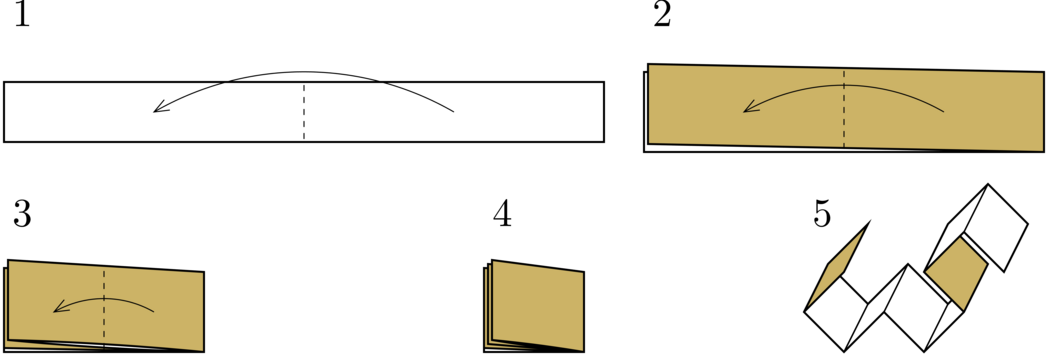CF1578D.Dragon Curve
普及/提高-
通过率:0%
AC君温馨提醒
该题目为【codeforces】题库的题目,您提交的代码将被提交至codeforces进行远程评测,并由ACGO抓取测评结果后进行展示。由于远程测评的测评机由其他平台提供,我们无法保证该服务的稳定性,若提交后无反应,请等待一段时间后再进行重试。
题目描述
A dragon curve is a self-similar fractal curve. In this problem, it is a curve that consists of straight-line segments of the same length connected at right angles. A simple way to construct a dragon curve is as follows: take a strip of paper, fold it in half n times in the same direction, then partially unfold it such that the segments are joined at right angles. This is illustrated here:
 In this example, a dragon curve of order 3 is constructed. In general, a dragon curve of a higher order will have a dragon curve of a lower order as its prefix. This allows us to define a dragon curve of infinite order, which is the limit of dragon curves of a finite order as the order approaches infinity.
In this example, a dragon curve of order 3 is constructed. In general, a dragon curve of a higher order will have a dragon curve of a lower order as its prefix. This allows us to define a dragon curve of infinite order, which is the limit of dragon curves of a finite order as the order approaches infinity.
Consider four dragon curves of infinite order. Each starts at the origin (the point (0,0) ), and the length of each segment is 2 . The first segments of the curves end at the points (1,1) , (−1,1) , (−1,−1) and (1,−1) , respectively. The first turn of each curve is left (that is, the second segment of the first curve ends at the point (0,2) ). In this case, every segment is a diagonal of an axis-aligned unit square with integer coordinates, and it can be proven that there is exactly one segment passing through every such square.
Given a point (x,y) , your task is to find on which of the four curves lies the segment passing through the square with the opposite corners at (x,y) and (x+1,y+1) , as well as the position of that segment on that curve. The curves are numbered 1 through 4 . Curve 1 goes through (1,1) , 2 through (−1,1) , 3 through (−1,−1) , and 4 through (1,−1) . The segments are numbered starting with 1 .
输入格式
The first line contains an integer n ( 1≤n≤2⋅105 ) — the number of test cases.
Each of the following n lines contains two integers x and y ( −109≤x,y≤109 ) — the coordinates.
输出格式
For each test case, print a line containing two integers — the first is the index of the curve (an integer between 1 and 4 , inclusive), and the second is the position on the curve (the first segment has the position 1 ).
输入输出样例
输入#1
5 0 0 -2 0 -7 -7 5 -9 9 9
输出#1
1 1 2 2 3 189 4 186 2 68
说明/提示
You can use this illustration to debug your solution:
